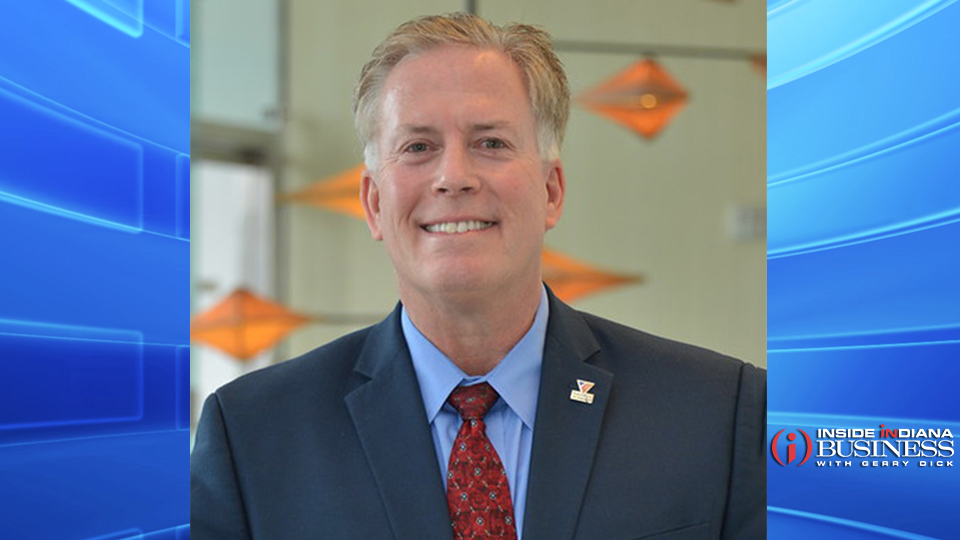
Substance use disorders affect every sector of our state, including business. We hear about the challenges people face, but many among business leaders aren’t sure what we can do to help.
The annual report on maternal mortality, released in September, showed that from 2019 to 2020, the maternal mortality rate increased by 40%, with SUD as the leading cause. Also in September, our team convened a panel of key Indiana leaders to discuss the topic. Here’s what we know and how you can help.
In September 2022, the Indiana Department of Health released the annual report of the Maternal Mortality Review Committee. This is the third such report researched and written under the direction of the state legislature.
The report of the Maternal Mortality Review Committee (a multi-sectoral expert) brings the facts to the forefront. They are facts we all should know to understand what is happening in our state. This issue affects everyone we know, including our employees and colleagues.
In 2020, 92 women died during pregnancy or within a year of giving birth, according to the Indiana Department of Health. This is a 40% increase from the previous year. The 2022 report outlines not only statistics and facts, but also the reasons behind the problems. Substance use disorders are the leading cause behind these deaths.
How are Indiana’s cities, towns, and business communities coming together to find solutions?
First, it’s important to understand what’s going on across the state. Typically, women have more interaction with doctors and access to health care during pregnancy. But 34 Indiana counties lack hospitals that offer inpatient delivery services, affecting more than 600 pregnant women. The report determined that 79% of pregnancy-related deaths in 2020 were preventable.
Educating our communities about substance use disorders is key to making a difference and saving lives. We need to remove the stigma so that those affected can seek help with confidence and can seek treatment in the early stages of pregnancy. Our September panel conversation was devoted to maternal mortality and substance use disorders.
Indiana Supreme Court Chief Justice Loretta Rush was part of the panel. Discussing maternal SUD and its impact on families, she outlines the changes in recent years between Indiana family courts and statewide judges.
Chief Justice Rush said the court started from scratch in 2016. The opioid epidemic is at its peak, and law enforcement has adopted a zero-tolerance policy. The data reflects the impact of an Indiana court declaration that nearly 29,000 children needed services. Many have been kicked out of their homes for using opioids. Women are imprisoned for drug offenses, taking an abstinence-only approach to drug use and addiction. When they were released, many women started using them again, sadly in overdose. Rush took a different approach to treating individuals, and the judge is now trained in addiction and treatment science through the Indiana Office of Court Services. How can the commercial sector adopt this best practice and modify it for their industry?
People recovering from SUD face many barriers, including social determinants of health such as transportation, access to housing, child care and jobs. If we all work to reduce the state’s stigma against SUD, how can business leaders and owners get involved, support the recovery, and help people overcome these barriers?
Learn about the impact on your community: Journalists across the state wrote and shared information about SUD and its impact. Read those articles and reports related to them. Participate in community forums, such as events we host, and ask questions. Be curious and seek to understand the challenges these women face in overcoming addiction to reduce stigma.
Educate and support your employees: Opioid use and SUD rates have increased during the pandemic. From 2019 to 2020, drug overdose increased by 41%. The topic of mental health is becoming more mainstream, which may help de-stigmatize the subject. SUD is a brain disorder classified as a mental health disorder. Recovery is possible. Let’s continue the conversation and support those who work for us and with us. The state has many services and programs, but one of the biggest challenges is connecting those in need with them. Make sure your HR and insurance providers are well connected and aware of these resources.
Support through time, wealth or talent: Organizations like Volunteer America are working to close the gap for women with SUD and their children. Over the past few years, we have received grants and donations to open rehab centers and transitional housing for women in SUD. We will be one of the first companies in the state to provide transitional recovery housing for mothers to live with their children during recovery. Our program, and many others, require ongoing funding, donations, and talent.
Consider offering employment options: Finding a good job is an obstacle to recovery. Businesses continue to say they need employees. People in recovery want to work. Would you consider giving them a chance?
National leaders have recognized maternal mortality and associated SUD. They are working hard to meet the challenge, but we all face an uphill battle, as the data released in September attests. If we assemble and work together, the ultimate reward will be the impact we have on a mother, her child, and her family. It’s worth watching to see a mom overcome addiction and become a great parent. Giving people the support they need to overcome addiction is the ultimate community service a business can provide.
John R. von Arx III is President and CEO of Ohio and Indiana Volunteer Organizations. This nonprofit is dedicated to helping people achieve well-being by providing hope, restoring dignity and changing lives to ensure communities thrive.